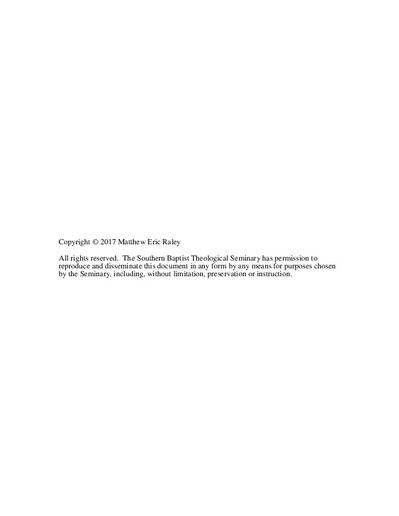| dc.contributor.advisor | Coppenger, Mark T. | |
| dc.contributor.author | Raley, Matthew | |
| dc.date.accessioned | 2017-05-31T14:37:55Z | |
| dc.date.available | 2017-05-31T14:37:55Z | |
| dc.date.issued | 2017-05-31 | |
| dc.identifier.uri | http://hdl.handle.net/10392/5329 | |
| dc.description.abstract | Modernist accounts of artistic integrity often required artists to alienate audiences. In some senses, the relationship between artists and audiences never recovered, and arts organizations today struggle to overcome the hostility. The alienation had roots in two applications of Hegelian philosophy. First, modernists viewed bourgeois audiences as needing a new consciousness of their place in history. Second, artists could only bring this consciousness about by posing an antithesis to bourgeois culture, accomplished by abstraction, or removal from established aesthetic norms. In music and painting, abstraction became an important mark of seriousness, while audiences were alienated by it. J. S. Bach’s “Chaconne” for solo violin offers a model for reconciling artist and audience. Bach used a well-established dance form to lead an audience through many levels of abstraction that are both pleasing and challenging. A different account of artistic integrity and a more nuanced view of abstraction can reframe the relationship between artist and audience. | en_US |
| dc.subject.lcsh | Bach, Johann Sebastian, 1685-1750. Sonaten und Partiten, violin, BMV 1001-1006. Partita, no.2. Chaconne | en_US |
| dc.subject.lcsh | Music--Philosophy and aesthetics | en_US |
| dc.subject.lcsh | Arts audiences | en_US |
| dc.subject.lcsh | Abstraction | en_US |
| dc.title | Abstraction in J. S. Bach's "Chaconne": A Model for Reconciling Artist and Audience Today | en_US |
| dc.type | Electronic dissertation | en_US |
| dc.type | Text | en_US |
| dc.publisher.institution | Southern Baptist Theological Seminary | en_US |

